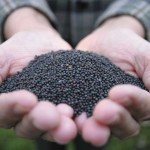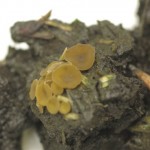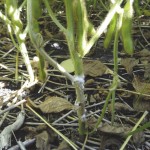
The certified seed hype
There’s a lot of hype around farmers using certified seed. Some agronomists believe it’s well worth the extra cost

Alberta’s fusarium action plan

Three good reasons to test seed lots now
Don’t let last year’s problems become next year’s problems. Test your seed before it’s too late

Sclerotinia in Manitoba
Sclerotinia doesn’t just hit canola. Find out how to avoid this problem on your farm

Benefits of fungicides on soybeans
When white mould became an issue for Manitoba soybean growers in 2013, there were many debates about the benefits of fungicde
This past season was the first time in a number of years, probably since 2010, that white mould in soybeans has been an issue for growers in Manitoba. It raised all sorts of questions about the disease itself, management practises to mitigate infection and what fungicides are available to suppress or control the disease. Dennis […] Read moreUSDA crop estimation process
Grain companies and production data
Like farmers, grain companies use government production forecasts to help determine where markets are going
Crop forecasting in Canada
Stats Can’s crop production estimates can have a big impact on prices. Find out how they come up with these numbers
Statistics Canada (StatsCan), a federal government department, conducts the farm surveys that obtain information about crop production, seeded areas, harvested areas, expected yields and production in Canada. Stats Can surveys The surveys are fielded in a series of six data collection periods and the information is released at pre-scheduled, strategic times during the calendar year. The intention […] Read moreFrozen soils: Life under the soil
More of our nutrients are lost of snow melt run-off than rain. Researchers are working on ways to lower this loss
Bin installation and insurance
Many empty bins were destroyed by plough winds last summer. Not all damage is preventable, but there are steps you can take
Farmers are purchasing more and more on-farm storage these days. With more bins on farms, there are also more reports of bin damage due, particularly due to catastrophic winds. While some acts of God cannot be guarded against, farmers can take precautions. Meridian Manufacturing Inc. is the largest bin manufacturer in North America. Its head […] Read more
